With more thought than I ever imagined, I cast my Katadyn Pocket’s intake hose into the most vile, disgusting, putrescent, foulness I could possibly imagine…
Pros…
- Filters microorganisms larger than 0.2µ
- Silver impregnated ceramic element is effective against bacteria and protozoa
- Filter reportedly filters up to 50,000L; 13,000gal
- 20 year warranty period
- Cost… Priceless!
Cons…
- Filter and “trail-necessary” equipment weighs 590g; 21oz
- Carrying Case, if carried and I do, weighs 73g
- Fairly large with dimensions of (cm): 24 x 6; (in): 10 x 2.4
- Price… but well worth every penny!
Water: a transparent, tasteless, odorless liquid!? Hmmm, think again. I, once, with little choice, filtered water from an abandoned cow trough full of the most nauseating putrescence I’ve ever encountered, the only possible water source available!
With more thought than I ever imagined, I cast my Katadyn Pocket intake hose into the most vile, disgusting, putrescent, foulness I could possibly imagine. A horrid faction of life defying blight (in retrospect, it may not have been that bad, but at that time…). There was no way I’d find anything more, here, than imagination. Imagination, however, is what I found! Water! Clean, refreshing, unsurmountable life-giving water!
That was, in all due respect, not the most unfavorable scenario, involving water or lack thereof, I’ve ever been in. Fortunately, for me, that time, my Katadyn Pocket performed flawlessly. The worst scenario, by far, has been the few occasions I’ve not been able to find water, at all. The Katadyn Pocket, at this point, becomes an outrageous burden considering it’s lofty packed weight of 590g, which includes my 40g personal hydration accessory kit (pictured below) that always accompanies my filter. There have also been many instances I have decided to abandon my Katadyn Pocket at home, regarding the terrain and the lack of known springs, thinking I’d never find water. Most times, I was correct. There were a couple times it could have been an unwavering benefit.
Now, considering the numerous filtering, detoxifying, disinfecting and purifying systems on the market, a water filter may be the most likely, yet cumbersome of them all. First of all, not all filters are created equal. All of them filter using various standards of capability. The Katadyn Pocket claims to be among the best, filtering all microorganisms larger than 0.2 microns (µ) and, for a warranty period of 20 years. The Pocket is Katadyn’s most “rugged” filter and the only one in their line-up embracing a 20 year warranty.
Prior to purchasing this filter, I read a multitude of reviews of as many filter brands as I needed to read; the Pocket received raved reviews! Thus, the Pocket’s reputation has remarkably preceded it. This purchase was indeed, all things considered, an investment!
February 2010; beginning a backpacking trek in southern AZ, my pack contents included the Pocket, a 6L water bladder and a 1L water bottle. I began, heading up the trail towards a seasonal creek, 6 miles from the trailhead that I knew would contain water. Here, I expected to use my Pocket to filter 6L of water for the balance of the hiking day, until I arrived at camp, an additional 6 miles ahead, which would have been an overall elevation gain of approximately 6500′ and 12 miles for the day. The creek had indeed contained water. I remember thinking, “thank goodness”, due to the fact that I hiked the first 6 miles carrying only ~1L of water, there was the chance the creek would be dry. Since I knew there would be a very good chance of finding water in this creek, following a rainfall, I decided to keep my overall pack weight as light as possible, only sipping water throughout these first 6 miles. Once I arrived at the creek, I swallowed my last drop of water, knowing the balance of my trip would now be well hydrated. I had arrived, however, very thirsty. ~1L proved to be too little water for these first 6 miles. No big deal. I figured I would filter ~7L of water, plus whatever it was I would consume at that moment, rest a half-hour and continue on to camp. I still had most of this glorious day ahead of me; beginning my trek before daybreak. Anticipating, and looking forward to an amazing day, I cast my intake line into the creek, pumped and nothing… my Pocket would not work. For the better part of an hour I sat there disassembling, cleaning, assembling and repeating this process numerous times and, nothing. I was then, mentally exhausted and physically beyond thirsty. With no water I knew what I had to do… head back down the mountain and unfortunately cut my trek short. I, very unfortunately, carried no other water purification method to fall back on.
Katadyn’s warranty proved its worth… Upon returning home and speaking with the retailer, they asked me to send the entire unit in and they’ll take care of it. Quickly, I had another arrive in the mail. I have had no issues, whatsoever, with this new filter. I have originally owned and operated my Pocket filter since October 2008. Another warranty success story!
In lieu of above story, I would like to share my impressions of what I, retrospectively, could have done, and in recognition of this disaster, what I currently do to prevent this unfortunate incident from ever happening again. In order to minimize as much risk as possible, I conscientiously and proportionately clean the filter and pre-filter while on the trail, depending on the quality of the water (I’ve filtered from both clear and slovenly water). I also test, clean and dry the filter prior to and following each trek. In addition, I now carry a few packages of Katadyn’s Micropur purification tablets if the filter should fail to perform anytime in the future. I’m also considering a UV source of purifying, however, I have not secured a positive thought on one, at this time. [I would love to hear your thoughts and experiences, if you own and have extensive experience with one].
My immediate impression, upon pondering the scope of my respondent actions, are efficacious enough, I feel, to feature…
- Proportionately clean your filter following each use… If the water is conspicuously filthy, your filter may need a thorough cleaning immediately following use, whereas, if the water seemed rather unadulterated your filter may only need a light cleaning.
- Test, clean and dry your filter prior to and following each trek.
- Bring a backup… I carry Katadyn’s Micropur water purifier tablets. Whatever brand you choose to carry, these tablets could be a life-saver. Be aware of their expiration date! Mine reads, 05/2014 visibly (without opening package) on the instruction sheet and 0514 on the foil packages. I’ll need to replace mine soon.
- You may choose a number of ways to supplement your filter or personal method of filtering water. Whatever your primary method may be, strategize a back-up plan. I have read many reviews and discussions in regard to the efficacy of all sorts of equipment, whether it be, micro-filters, tablets, UV, boiling, filtering, etc.; your plan is your plan. Before you head out… Have a plan, make sure it performs well for you, test it immediately before heading out, carry extra supplies and/or batteries if need be, check expiration dates, then, once all is well, relax and go have a wonderful time!
- Carry and store your equipment with the utmost of care. Take care of your equipment and it will take care of you!
- Most imperatively, know your equipment and its capability. If you’ve tested your equipment, you’ve probably read the manual and you’re probably aware of how it performs under controlled circumstances. The wilderness is not a controlled environment! Be prepared for the worst! Consider your next outing and perform every precautionary step to alleviate any problem you may conceivably have. The more you know what you’re getting in to, or heading in to, the safer and more prepared you will be.
Earlier, I mentioned a pre-filter. The Pocket’s pre-filter construction builds upon a small, screened pre-filter, enveloped, embellished by an ornate hollowed, porous ball (strainer), guised as a weight, each development performing together to prevent larger material from entering the pre-filter; preventing larger material from entering the filter. The pre-filter is designed to filter microorganisms no larger than 130µ. I generally take precautionary measures to go a step further to prevent larger material from clogging the pre-filter by one of two methods. Katadyn, along with most manufacturers and end-users suggest a paper coffee filter held on by a rubber or hair band (hair bands last longer!). I’ve tried using a coffee filter many times with reasonable success. I prefer to use a small piece of reusable women’s stockings (tights), even cheese cloth to pre filter. For that matter, I’ve even experimented with tights to pre-filter water before pre-filtering. In other words, I’ve collected water and drained it through the tights before placing the pre-filter into the water. The water initially contained quite a bit of plant growth and I did not want this material clogging up the pre-filter. Regardless of the method or device I use to prevent the pre-filter from clogging, I always need to constantly clean, replace and/or reposition this pre-filtering (coffee filter, tights) precautionary measure.
Now that were on the subject of pre-filtering, I’d also like to share an experience with you that I tried years ago. I read that a non-lubricated condom works well for carrying water and it indeed does. I didn’t need to carry water but thought I’d give it a try to see how well this system would work, if needed. Surprisingly, a condom will accommodate quite a bit of water, a couple liters. Thus, I always carry a “non-lubricated” condom in the event that I’ve exhausted, or in the event of loss, all other methods of carrying or pre-filtering water. I honestly don’t believe I’ll ever use it but I keep it as part of my hydration kit as a back-up. I imagine using it in conjunction with the tights, scooping up water and running it through the tights into a bottle to prepare, as close to possible, sediment-free pre-filtering. Incidentally, once the contents of the bottle is filtered a tablet or UV form of purification would come in handy. Both the condom and tights, together, weigh only a few grams, grams I feel are essential and a must-have, in any event, in my personal hydration kit.
The Katadyn Pocket arrives as a kit. The kit contains the filter, pre-filter, intake and outtake hoses, quick fill hydration adapter, a manual, cleaning supplies, a tube of silicone to grease, additional o-rings, and bottle clips (that I do not use and, thus, have no idea where they are).

Katadyn Pocket with exterior shroud, filter (inside), intake hose (output hose not installed), strainer/pre-filter apparatus and adjustable float; photo courtesy, Katadyn!

One-half (male end) of the Quick-Fill hydration adapter attaches to the output hose on the filter, or the portion of my drink tube containing the bite valve.

The female (blue component) end of the Quick-Fill hydration adapter kit, attached to my water bladder drink tube, accepts the male-end of the adapter, which is attached to the water filter.

My Bite Valve/Quick-Fill (male end) hydration adapter kit attached to a very small portion of silicone tubing.
I use Katadyn’s Quick-Fill hydration adapter on a regular basis! Each time I filter water, I’ll filter directly into my water bladder, still contained inside my pack via the Quick-Fill hydration adapter, and/or directly into my water bottle. Despite the fact that I always use a convenient hydration bladder system for water containment and consumption, I always carry one water bottle. I find a water bottle extremely beneficial, and if you’ve seen an earlier review I’ve posted, review is here… http://www.trailspace.com/gear/vargo/titanium-water-bottle/review/30549/, you know how much I appreciate having a water bottle with me.
Katadyn’s Quick-Fill Hydration Adapter Kit…
http://shop.katadyn.com/product/153549/8014399/_/Quick_Fill_Hydration_Adaptor_Kit
Before we go any further, this may be a good time to post additional personal photos of my Pocket, features and accessories…

Katadyn Pocket Filters, hoses and carry case.

“Important Field Tips” nylon label sewn in carry case makes this case quite valuable on the trail… incidentally it weighs 73g (2.5oz).
I’m considering cutting the label from this case and employing a lighter case for storage and transport, possibly using a cuben fiber case?

Via the Quick-Fill adapter kit, I’m ready to filter water directly into my hydration bladder containment system without having to remove the bladder from my pack.
Note: Be sure to loosen pack tensioning straps and/or leave enough room in your pack for expansion inside bladder/pack.
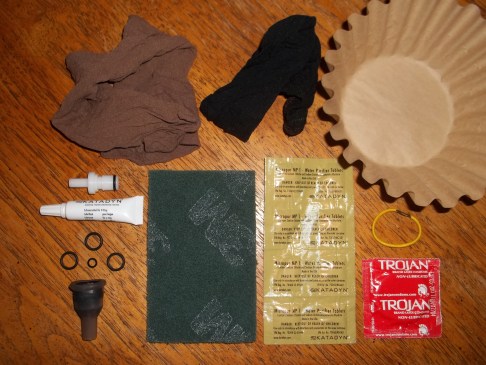
My hydration accessory kit, including precautionary, emergency and necessary tools.
(Note: The pico-sized o-ring found it’s way in but I have no idea where, why and what it came from. So, there it remains, in case I figure it out.)
Pictured above, clockwise beginning top left…
- Two pairs of tights, one khaki the second black, used to pre-filter water. As stated above, I wrap, tighter the better, these around the pre-filter as an alternative to using a coffee filter. I carry two in the event that one becomes too dirty or damaged. I find the use of coffee filters and tights both very difficult to draw water through, but when you’re facing especially mucky water these are your better options than taking a chance of thoroughly clogging your filters.
- The two tights have additional uses! They may be used as an emergency liner hat, socks or gloves in the event unexpected freezing temperatures set in, which is also why I carry two. They may also be used as a tourniquet in such an emergency or as a compress to prevent the flow of blood.
- Coffee Filters. The larger coffee filters, 12-cup size, will work best! I carry two filters for every day I expect to be on the trail… i.e., 3 days/6 filters.
- Hair Tie. These work more efficiently and have a longer life-span than a regular rubber band.
- Non-lubricated Condom. Be sure it’s the non-lubricated type.
- Katadyn’s Micropur water purifier tablets. These compliment my Pocket as my back-up plan.
- Abrasive Pad. Used to clean the ceramic filter. The pad pictured is new; I cut these in half, or quarter, for on-trail use.
- Bite Valve. I’ve lost bite valves while on the trail. I, now, carry at least one extra.
- O-Rings. I do not remember how many rings initially came with the filter, however, I carry these three with me at all times, and replenish from the local hardware store.
- 3g Silicone lubricant for lubricating O-rings and filter maintenance.
- Male end of Quick-Fill hydration adapter. Yet another piece of gear I carry as a precautionary measure (female-end, mate, is already attached to gear).
Katadyn (Endurance Series) Pocket…
http://www.katadyn.com/deen/katadyn-products/products/katadynshopconnect/katadyn-wasserfilter-endurance-series-produkte/katadyn-pocket/
http://shop.katadyn.com/product/153548/8013618/_/Katadyn_Pocket
Katadyn Pocket Fact Sheet…
Click to access Factsheet_Pocket_EN.pdf
Katadyn Pocket Manual…
Click to access Manual_Katadyn_PocketUSA.pdf
Katadyn Pocket Specifications…
- Capacity: 50,000L ; 13,000gal
- Dimensions (cm): 24 x 6; (in): 10 x 2.4
- Output (L): ~1L/min; (gal): ~ 1 quart/min (I personally find this to be accurate)
- Technology: Pre-filter: 130µ; Filter: 0.2µ ceramic depth filter (cleanable)
- Weight: 550g; 20oz.
The Katadyn Pocket micro-filter meets industry standards for reduction of bacteria (99.9999% Klebsiella terrigena) and protozoan cysts (99.9% Giardia and Cryptosporidium).
Katadyn Ceramic filters have a micro porous structure with impregnated silver which delays the growth of bacteria. The pore size of Katadyn ceramic filters is 0.2 micron (0.0002 mm). Bacteria range in size from 0.2 to 5 micron and like protozoa (1 – 15 micron), are efficiently filtered out. Ceramic filters can be mechanically regenerated and the filter capacity is measurable.
Quality of Water, Ceramic Capacity and Pocket Replacement Cartridge…
Ceramic capacity depends on water quality. The dirtier the water the more often you will have to clean the element. This reduces the capacity of approx. 50,000L (13,000gal). The quality of your filtered water makes a difference… Katadyn initially filters micro organisms larger than 130µ, ultimately filtering all organisms larger than 0.2µ. This means that the quality of the water you’ve filtered will be competently potable and delicious.
The Katadyn Pocket arrives with a Measuring Gauge…
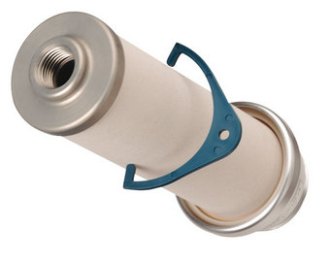
Measuring Gauge (blue), photo courtesy, Katadyn!
Simple, If the gap of the measuring gauge fits over the ceramic it is time to replace the filter element! A replacement element, however, is not this simple, regarding price (continue reading), although the performance and 20-year warranty may better ease your mind.
Note: Use your better judgement when measuring. I have not had an issue with mine, but considering the gauge is made of plastic and may deform, be careful how you measure. Also, if you have used your filter extensively then you know when it needs to be replaced.
Inspecting the ceramic for cracks while cleaning is an important preliminary step prior to each use, for example, dropped filters or exposure to freezing temperatures may, according to the manufacturer, damage the ceramic filter. If the filter element contains cracks it will no longer protect you from microorganisms and must be replaced! A new filter is a pricey $200.00.
Katadyn Pocket Replacement Element… and if you’re at all inclined to carry a back-up filter, she alone weighs ~288g (my filter weighed following several years of use)…
http://shop.katadyn.com/product/153549/8013619/_/Katadyn_Pocket_Replacement_Element_Ceramic

Katadyn Pocket Replacement Ceramic Element Filter.
Katadyn Pocket, Limited Warranty Information…
The Pocket is Katadyn’s most rugged filter and comes with a lifetime warranty from the date of purchase against defects in materials and workmanship… manufacturers statement… “Should your Katadyn Pocket prove defective within that period from the date of purchase, return it to the Katadyn retailer from whom it was purchased. Katadyn, at its discretion, will replace or repair the damaged item. Please retain your purchase receipt as proof of date purchased.”
According to Katadyn, Professionals trust the Pocket‘s longevity and the filter is ideal for 1-4 persons while trekking, on journeys and on expeditions. This would equate to 12,500L of filtered water for 4 persons… that’s a lot of life-giving water! On average, an adult living in a temperate environment, according to experts, should consume approximately 3L of water/day. If 3L of water were consumed per day, over the course of 20 years… 3L water/day x 365 days/year x 20 years = 21,900L water consumed. That’s roughly 57% of the 20 year warranty period, meaning, you can essentially use Katadyn’s Pocket filter, comfortably, everyday, for well over 10 years! Not too bad!
For Pocket Maintenance and Replacement Parts, visit Katadyn for their Small Parts Kit…
http://shop.katadyn.com/product/153549/20648/_/Pocket_Filter_Small_Parts_Kit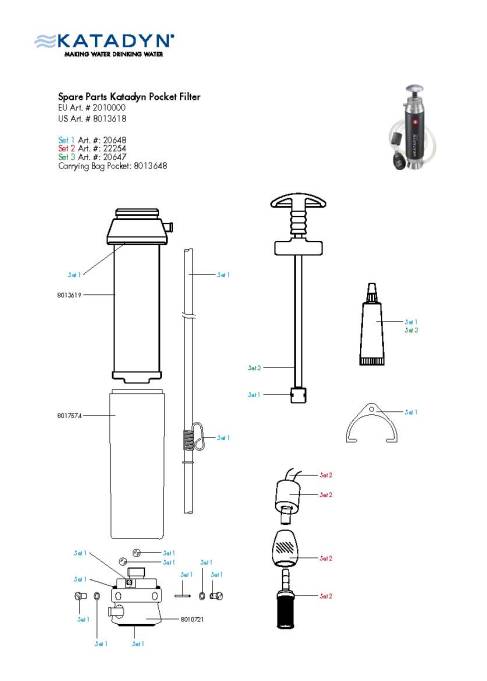
Katadyn Pocket Filter Small Parts Kit; photo courtesy, Katadyn!
Here’s a Neat Feature and an Available Option… Bottle Adapter with Activated Carbon… I do not use this but believe it’s a nice option…
http://shop.katadyn.com/product/153549/8013450/_/Bottle_Adapter_with_Activated_Carbon

Bottle Adapter with Activated Carbon; photo courtesy, Katadyn!
Ultimately, I’ve been very pleased with the Katadyn Pocket’s performance, with the exception of weight. Despite these 663g (filter, supplies and case), I plan on always hauling the Pocket with me on each and every trek. I’ve used the Pocket for close to each and every backpacking trek, primarily in the southern, AZ area, I’ve been on and, with the one exception, it has performed flawlessly! I would estimate the number of liters produced from the second filter, I received in 2010, at ~ 300L.
I most likely would have used the filter more often if it wasn’t for the fact that I, now, always begin my adventure’s with a full complement of water, regardless of the size of the hydration bladder (6L or 10L for backpacking; 6L for hiking) I entertain for each trip.
The Pocket has proved itself to be a most valuable component and it will indeed remain a part of my comprehensive backpacking / hiking gear for many years to come.
Reach Your Summit!
All photo’s, with the exception of those courtesy of Katadyn, copyright, David Drake!
This is an independent gear review! I am not affiliated with Katadyn or any other manufacturing, retail or business entity associated with Katadyn.
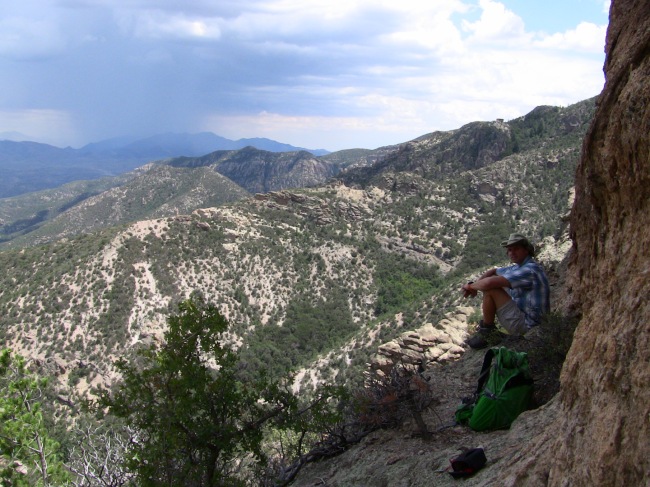
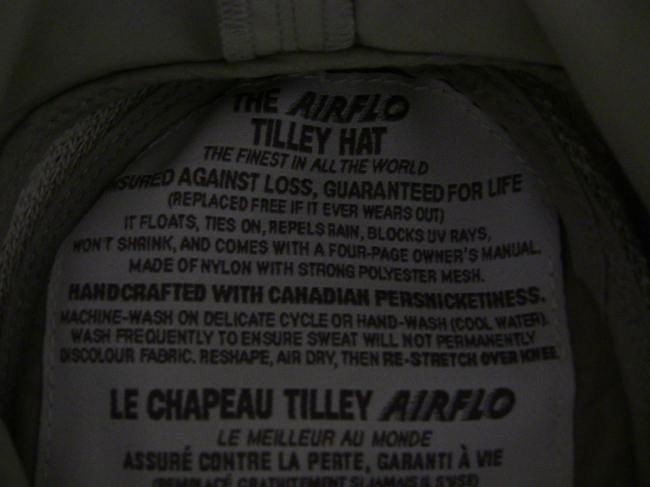
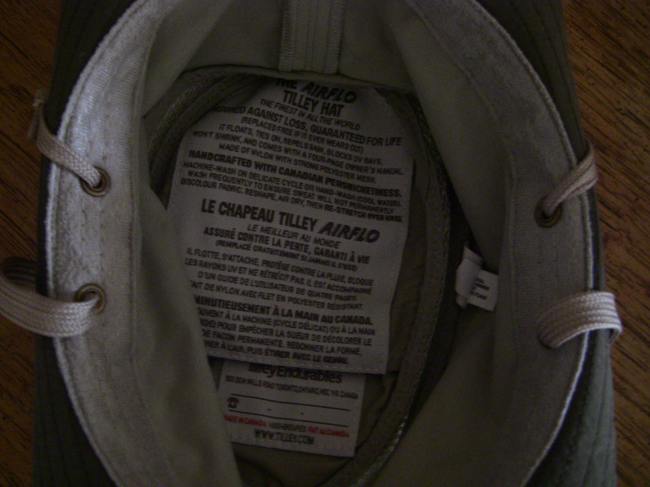
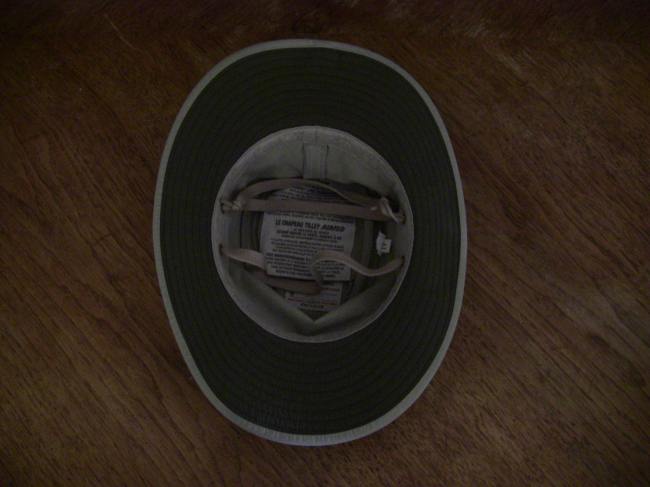
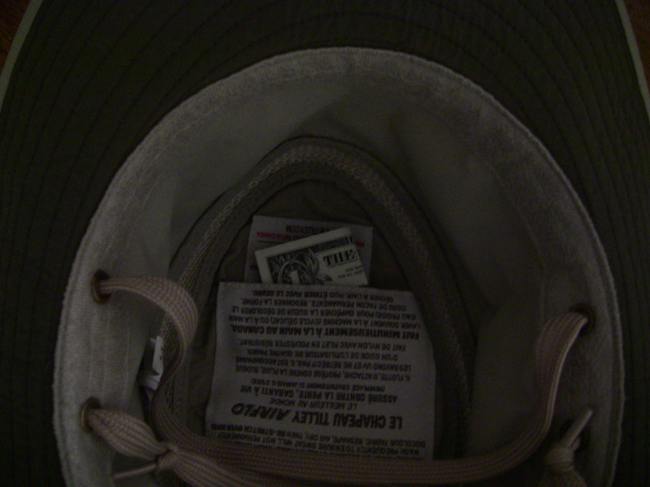
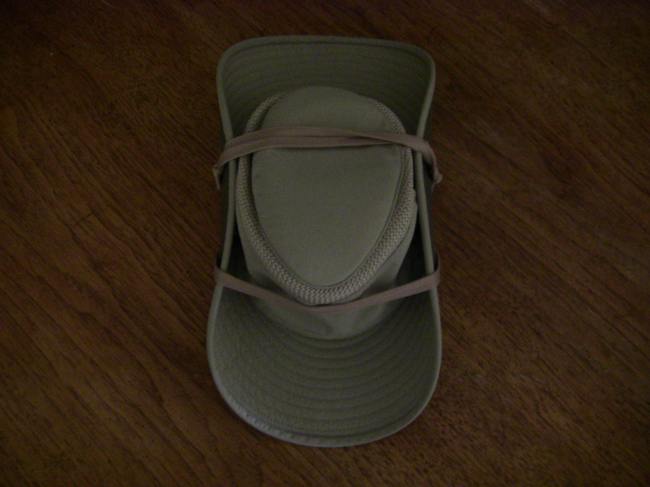
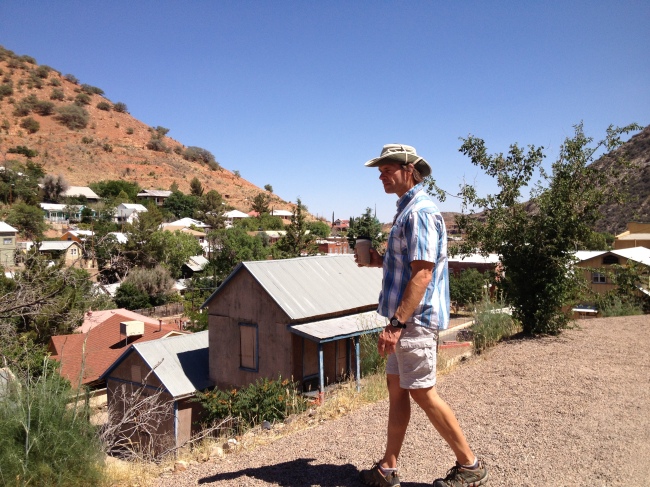
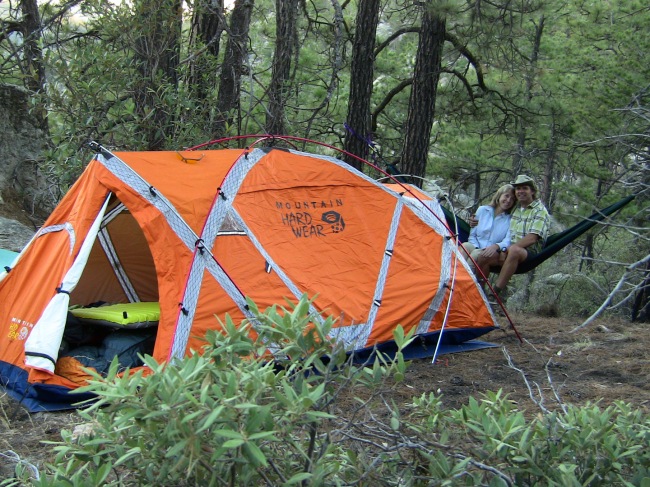
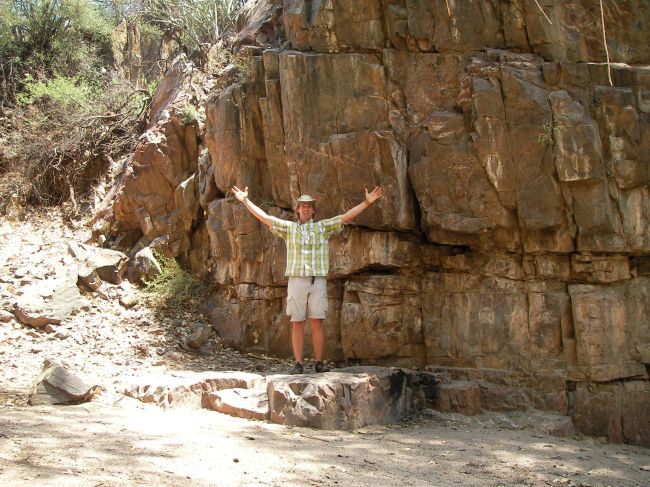
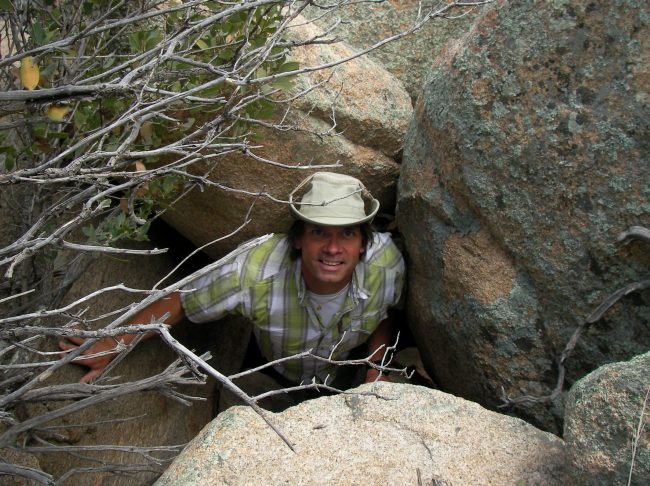
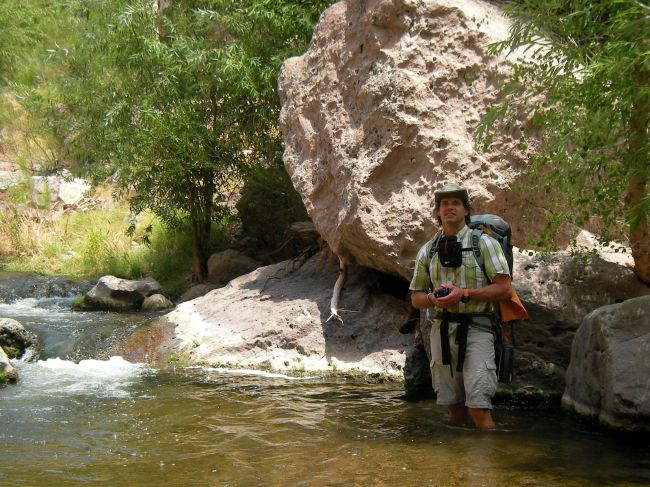
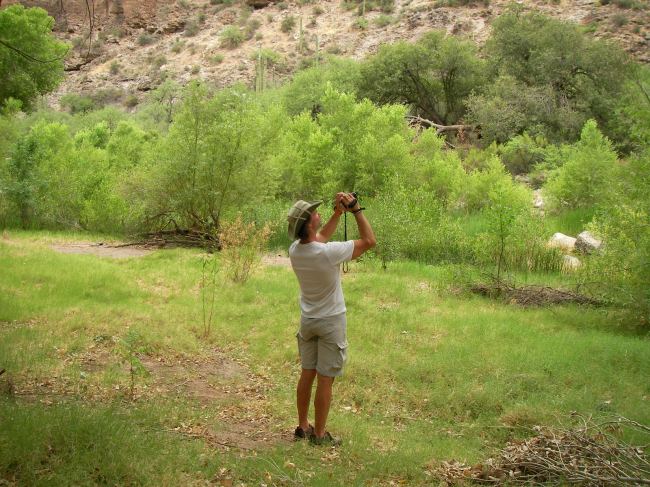

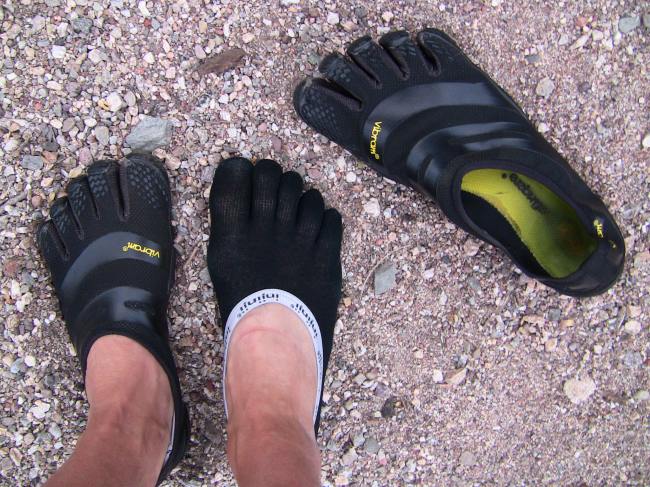
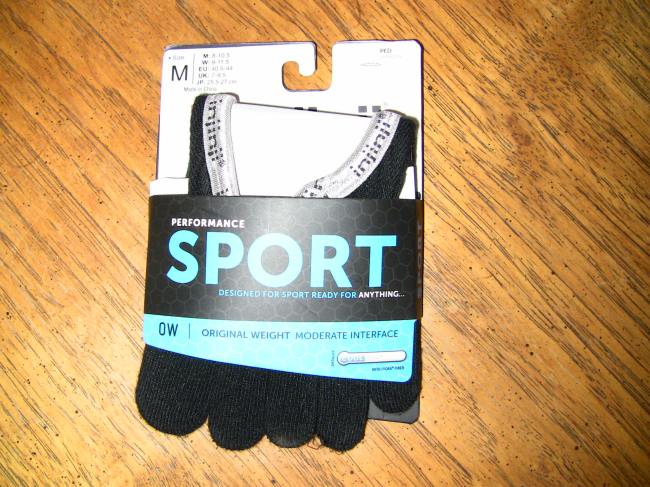
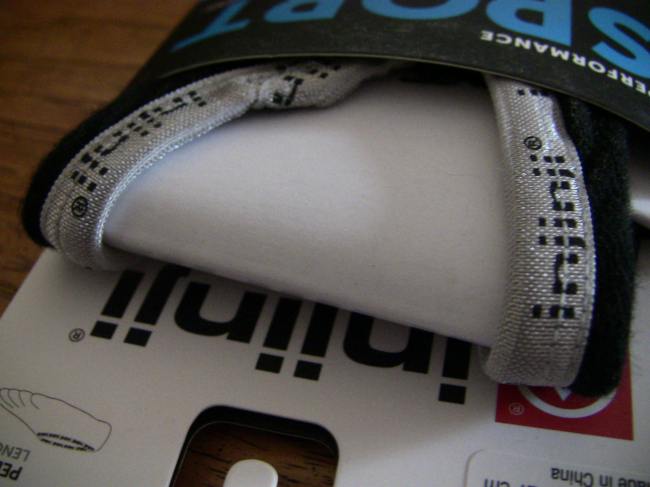
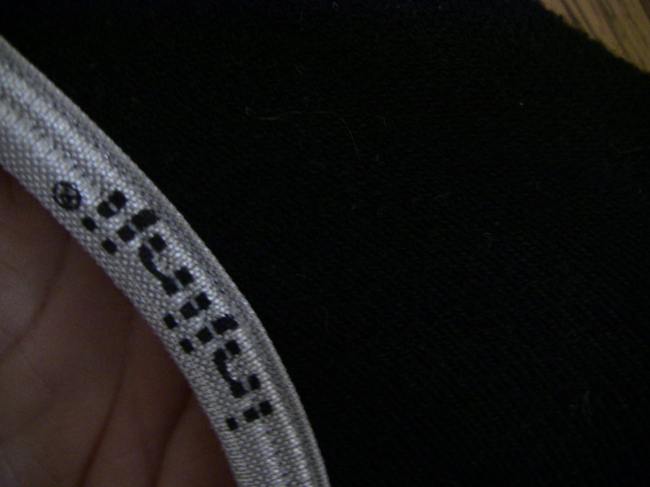
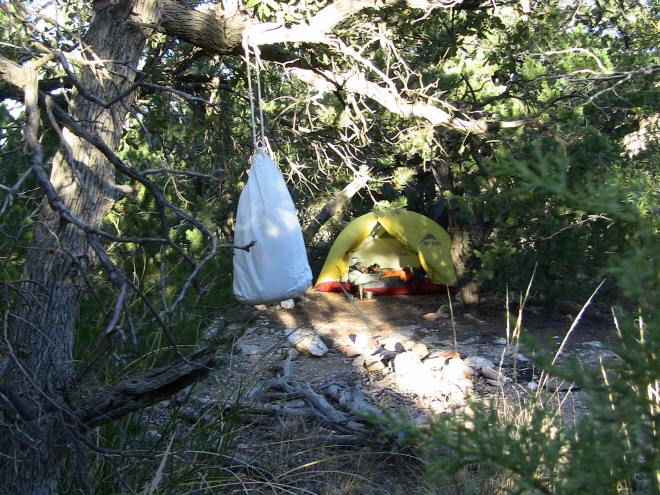
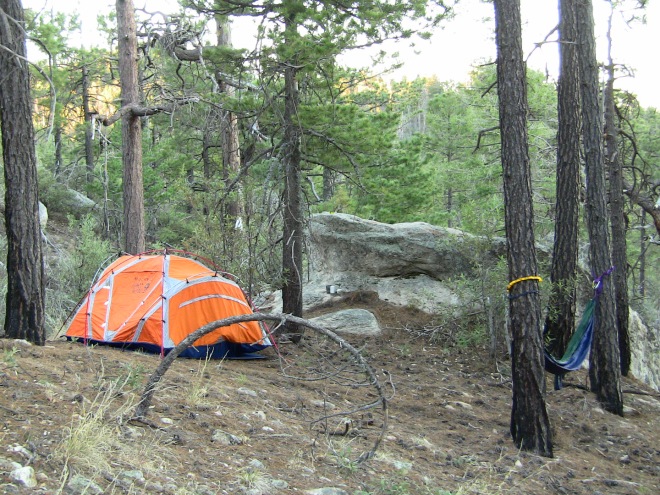

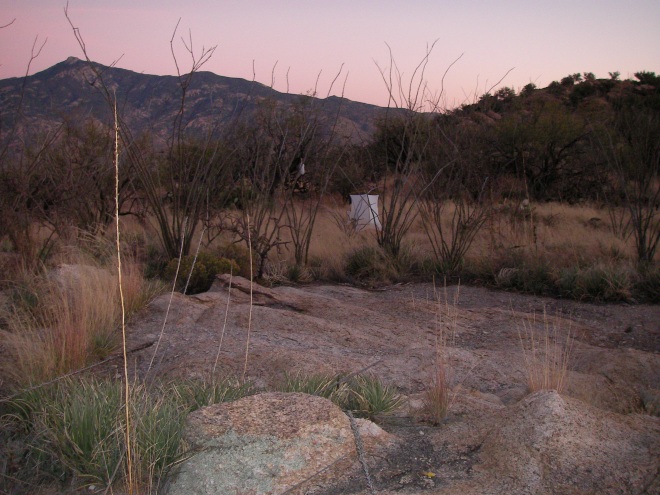

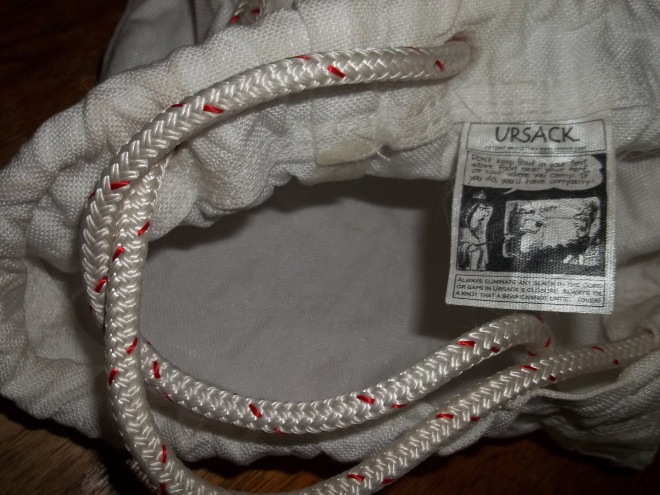
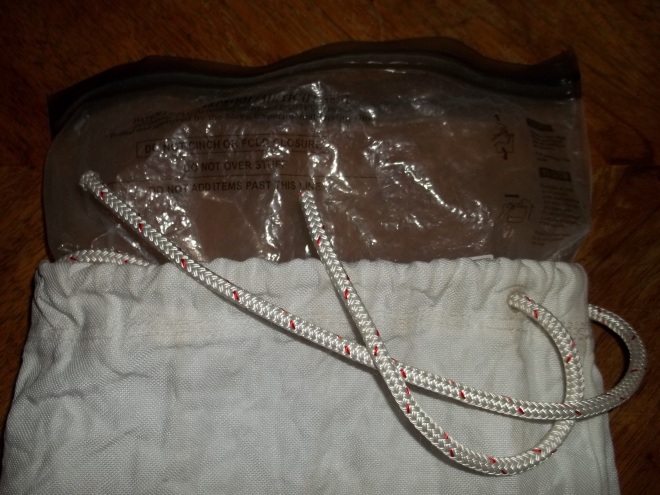
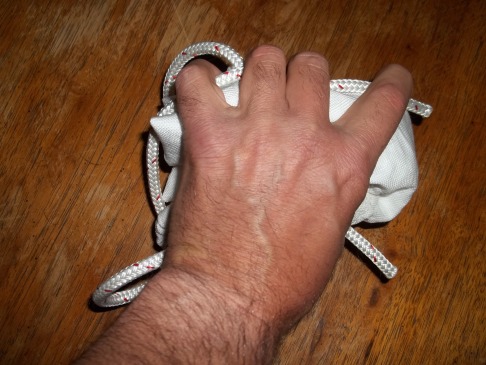



















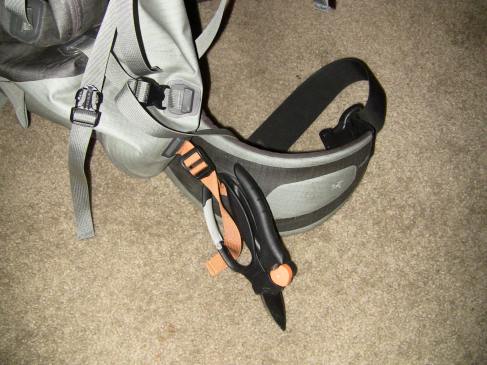

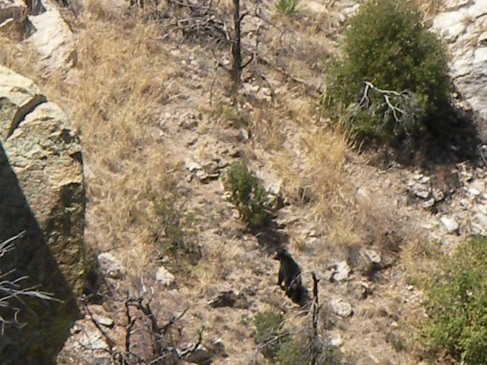
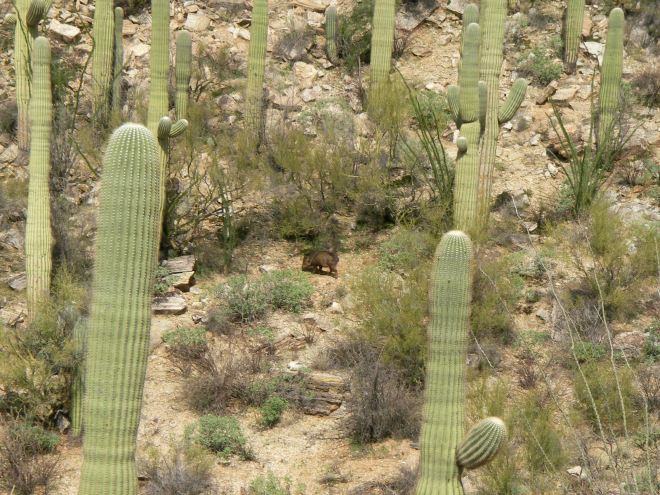


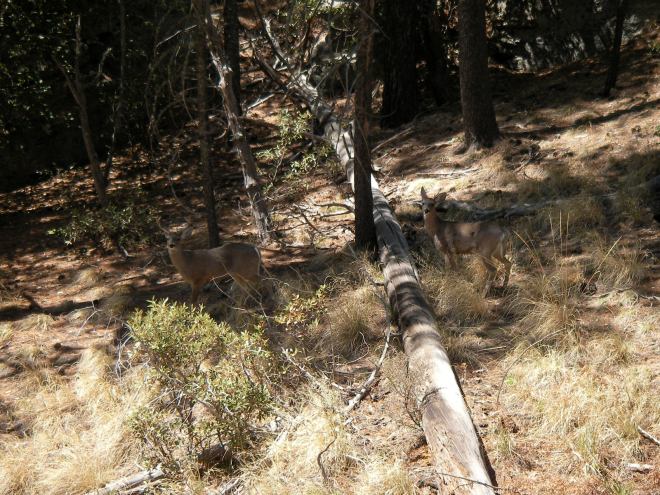





You must be logged in to post a comment.